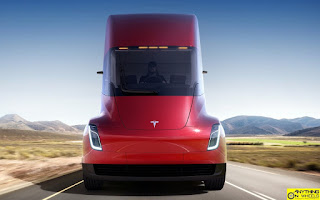Hyundai Motor India Limited, the fully-owned subsidiary of the South Korean car-maker, created history today by becoming the fastest-ever manufacturer to churn out 5 million cars for the domestic market. No other brand, not even Maruti-Suzuki - India's largest car-maker by far, has managed to achieve this feat so far.
Rather fittingly, it was an all-new Verna, Hyundai's newest success story in India, that became the 5 Millionth vehicle.
Starting with the Santro in 1998, Hyundai's journey in India has been a fairy-tale worthy of envy for every other global car-maker. Despite its odd-ball styling, Santro was an instant success, thanks to its quality, practicality and spaciousness. Accent followed in 1999 and the Sonata came over in 2001. With all three cars leading their respective segments in sales, Hyundai went from being an unknown brand to a household name in just a couple of years.
While they had a fair share of flops - Terracan, Getz and old Tucson to name a few, Hyundai's success rate in India has been stellar. The i10 and i20 kept them going in the late 2000s while the Grand i10, Elite i20, Creta and all-new Verna are performing extremely well right now. With the next-gen Santro and an all-new compact SUV based on the Carlino Concept reportedly in the works, the future is looking bright for India's second-largest car-maker.
Hyundai Motor India - Domestic Milestones
- Start of Production - September 1998
- 1 Million Units - April 2007
- 2 Million Units - November 2010
- 3 Million Units - July 2013
- 4 Million Units - November 2015
- 5 Million Units - November 2017
As evident, the first millionth vehicle took 8 years and 7 months to roll off the line at Hyundai's manufacturing facility near Chennai. The subsequent 'million milestones' though didn't take that long.
A wide model lineup from the Eon to the Tucson, strong sales and service network with over 2,200 outlets, commitment to bring the latest models to India and aggressive marketing strategies have helped Hyundai reach where they are. And they are showing no signs of dropping the ball. So, here's to the next 5 million mark!



























